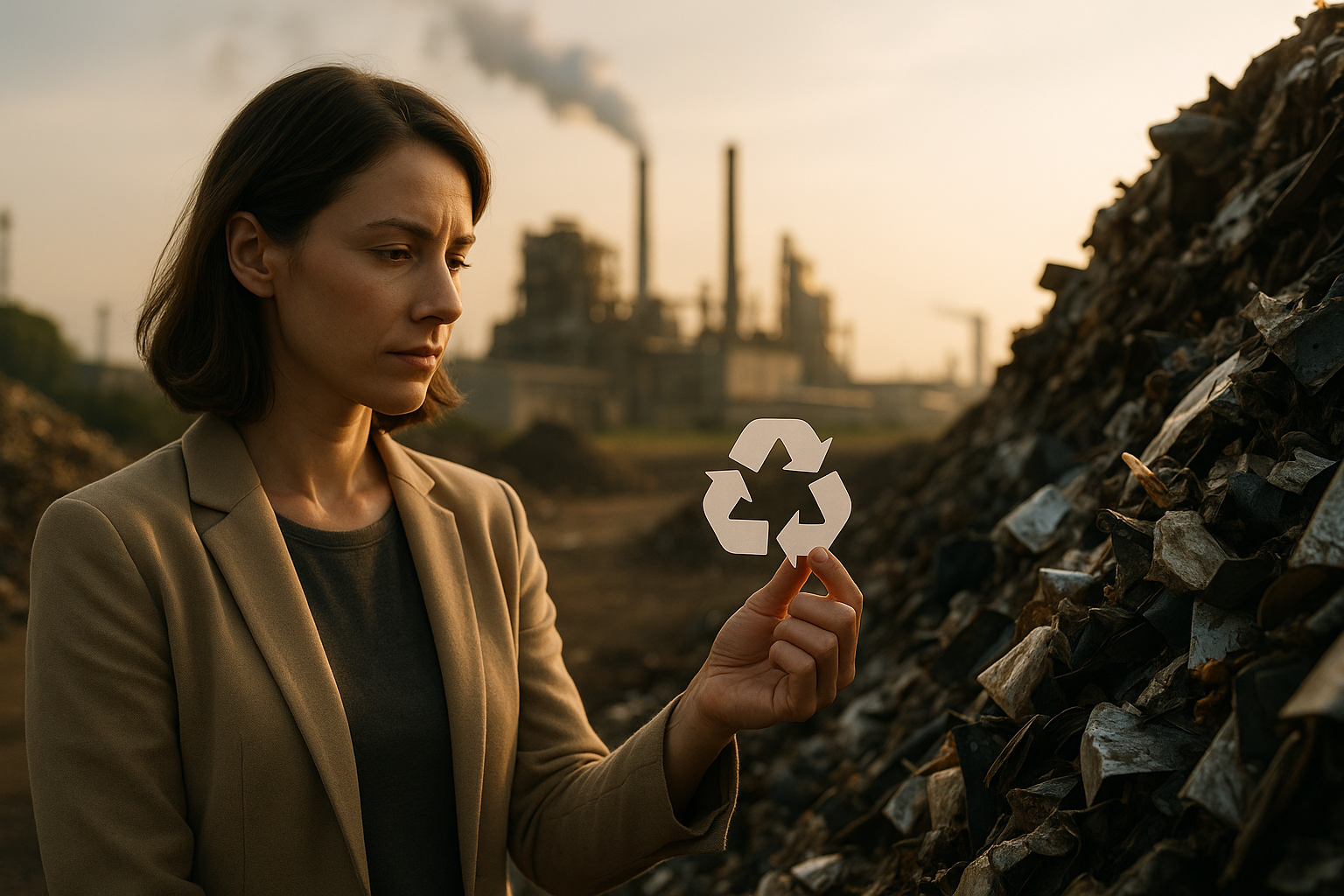Reframing Industrial Waste: A New Approach to Sustainability
Introduction: As industries worldwide grapple with the challenge of waste management, a new perspective is emerging—one that perceives industrial waste not as a problem but as a potential resource. This article delves into the shifting mindset and its implications for businesses and industries, offering practical strategies for those ready to reframe their waste.

Historical Background: From Problem to Potential
The issue of industrial waste has been a pressing concern since the dawn of the Industrial Revolution. Traditional industrial practices have led to massive waste production, causing severe environmental issues, from air and water pollution to landfill overflow. However, recent years have seen a paradigm shift. Today, more and more businesses are beginning to perceive waste not as a disposal problem but as a potential resource.
Current Trends: The Rise of the Circular Economy
This change in perspective aligns with the broader trend towards a circular economy—an economic system aimed at eliminating waste and the continual use of resources. Many industries are now turning to upcycling and recycling as viable strategies to manage their waste, transforming it into valuable raw materials or energy sources. This not only helps to alleviate environmental issues but also opens up new revenue streams and contributes to economic growth.
Impact, Benefits, and Challenges
The potential benefits of reframing industrial waste are significant. For one, it allows businesses to tap into a new source of raw materials, reducing their reliance on virgin resources and potentially lowering costs. It also contributes to a company’s sustainability credentials, an increasingly important factor in today’s environmentally conscious market.
However, this shift also poses challenges. For instance, turning waste into a resource often requires advanced technology and significant investment. Moreover, the regulatory landscape can be complex, as waste management is subject to various local, national, and international laws.
Research-Backed Insights
Research supports the potential of this approach. A study by the Ellen MacArthur Foundation, for example, found that a circular economy could generate a net economic benefit of €1.8 trillion by 2030 in Europe alone. Another study by the World Business Council for Sustainable Development (WBCSD) highlighted the potential of waste-to-energy technologies, suggesting they could meet up to 12% of global energy demand.
Practical Strategies: Turning Waste into Resource
-
Identify waste streams: The first step is to inventory all waste streams and identify potential uses for each type. This could be as simple as recycling packaging materials or as complex as converting organic waste into bioenergy.
-
Invest in technology: Turning waste into a resource often requires new technologies. Consider investing in the necessary machinery or partnering with a specialised company.
-
Navigate regulations: Ensure that all waste management practices comply with local, national, and international regulations. This may require consulting with a legal expert or hiring a compliance officer.
-
Communicate benefits: Make sure customers, employees, and stakeholders understand the benefits of your waste management practices. This can enhance your company’s reputation and potentially open up new markets.
Conclusion
Reframing industrial waste as a potential resource offers a promising path towards greater sustainability. While the shift poses challenges, it also brings significant benefits, from cost savings to enhanced reputation. By embracing this new perspective, businesses can contribute to a more sustainable future while also boosting their bottom line. It is a win-win situation that is well worth considering.




